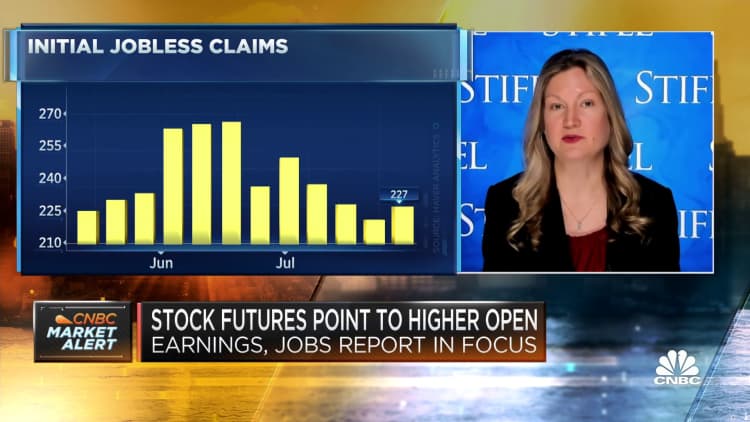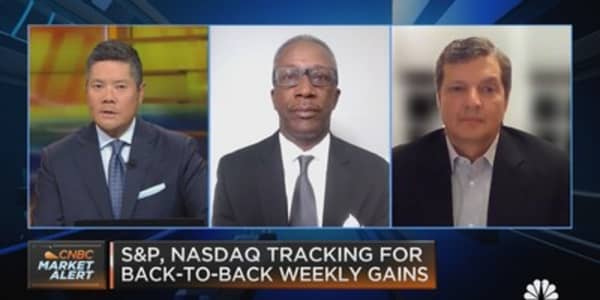After another interest rate hike from the Federal Reserve, investors have several competitive options for cash, including money market funds, with yields currently above 5%. But there are trade-offs to consider, experts warn.
Money market funds — which are different than money market deposit accounts — are a type of mutual fund that typically invests in shorter-term, lower-credit-risk debt, such as Treasury bills.
With yields closely tied to the federal funds rate, some of the biggest money market funds are paying north of 5%, as of Aug. 4, according to Crane Data. Money market fund assets notched a record of $5.52 trillion for the week ending Aug. 2, the Investment Company Institute reported.
Currently, some money market mutual funds are outperforming assets such as high-yield savings accounts or newly purchased Series I bonds.
The top 1% of savings accounts were paying an average of 4.65% as of Aug. 4, according to Deposit Accounts, compared with a 0.42% average for traditional banks. By comparison, the top 1% average for a one-year certificate of deposit was above 5.5% as of Aug. 4.
Meanwhile, Series I bonds, a government-based and inflation-protected asset, are offering 4.3% annual interest on new purchases through October.
Money market funds have less liquidity than savings
Christopher Lyman, a certified financial planner with Allied Financial Advisors in Newtown, Pennsylvania, said he's still proposing money market mutual funds for certain clients, with the caveat of higher risks or more stipulations for accessing the money.
Typically, it takes three to five business days to sell a money market mutual fund and transfer the money from your investment account to savings.
"But when the money is at your bank, it's a much quicker process," he said.
Lyman said that lag could be a "deal-breaker" if you're house hunting and need to tap the funds within 48 hours, for example.
What's more, the U.S. Securities and Exchange Commission recently adopted "liquidity fees" for certain money market funds for withdrawals when daily outflows exceed 5% of the fund's value.
Money market funds aren't risk free
While money market funds typically invest in lower-risk assets, experts say it's important to know the funds aren't risk free.
"It's a rarity that such funds lose value," said CFP Randy Bruns, founder of Model Wealth in Naperville, Illinois. But it happened when investors pulled billions from the Reserve Primary Fund in 2008, which dropped its net asset value from $1 to $0.97, he said.
This is known as "breaking the buck."
Bruns said it's important for investors to know that money market funds aren't protected by the Federal Deposit Insurance Corporation, which generally offers depositors $250,000 of coverage per bank, per account type.
While the government stepped in to cover depositors during the Silicon Valley Bank collapse, there's not an explicit guarantee it would happen again, Lyman said.






